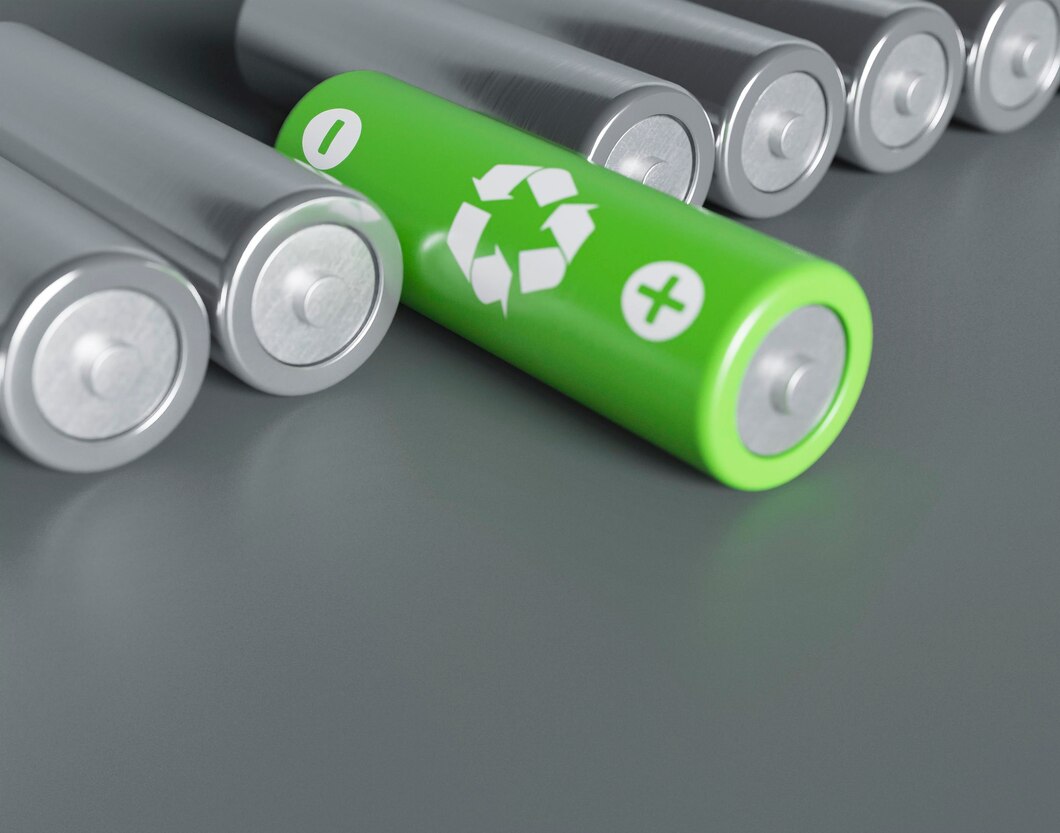
At the construction site of Saudi Arabia's NEOM Smart City, in the scorching air of 50°C, two energy storage systems are undergoing extreme tests: one is Tesla's lithium battery pack, and the other is Siemens Energy's hydrogen energy storage device. This duel is not only about technical performance, but also reflects the divergence of the paths of global energy transformation. As the installed capacity of photovoltaic power in desert areas around the world exceeds 250GW (2023 data), the high temperature tolerance of energy storage systems has become the key to determining the efficiency of green electricity consumption. Lithium batteries dominate the short-term energy storage market of less than 4 hours with a cycle efficiency of 90%, while hydrogen energy storage targets long-term needs of more than 100 hours with its cross-seasonal storage capacity. When the ambient temperature exceeds 45°C, how will these two technologies deal with efficiency attenuation and safety risks? In the vast lands of the Sahara, Gobi and Arabian Deserts, who will win this high-temperature endurance race?
1. The essence of technology: the fundamental difference between electrochemistry and molecular energy
1.1 Comparison of energy storage principles
Lithium battery: Based on the insertion/extraction reaction of lithium ions between the positive and negative electrodes (LiCoO₂ ↔ Li₁₋ₓCoO₂ + Li⁺)
Energy carrier: Electron migration (energy density 150-300Wh/kg)
Typical efficiency: 85-95% (charge and discharge cycle)
Hydrogen energy storage: Hydrogen is produced by electrolysis of water (2H₂O → 2H₂ + O₂), and then generated by fuel cells.
Energy carrier: Hydrogen molecules (mass energy density 33.6kWh/kg, but low volume energy density)
Typical efficiency: 35-45% (electrolysis + power generation full chain)
1.2 High temperature adaptability mechanism
| parameter | Lithium battery (NMC ternary) | Hydrogen energy storage system |
| Optimum operating temperature | 15-35℃ | Electrolyzer: 60-80℃ Fuel cell: 60-90℃ |
| High temperature failure mechanism | Diaphragm shrinkage → internal short circuit SEI film decomposition → thermal runaway |
PEM electrolyzer proton membrane dehydration catalyst |
| Performance degradation at 45℃ | Cycle life decreases by 40% Capacity decay rate × 3 |
Electrolysis efficiency drops by 15% and hydrogen storage tank pressure rises by 20% |
2. Performance comparison in desert scenarios
2.1 Actual data of Dubai, UAE (2023)
| project | Tesla Megapack 2XL | Siemens Silyzer 300 |
| Daytime ambient temperature | 48℃ (peak 52℃) | 48℃ (peak 52℃) |
| System efficiency | 82% → 67% (temperature control energy consumption increased to 25%) | 41% → 36% (cooling water consumption increased by 30%) |
| Daily decay rate | 0.15% (0.05% under normal conditions) | No capacity decay |
| Security incidents | 2 thermal alarms trigger forced shutdown | Hydrogen storage tank pressure exceeded the alarm once |
2.2 Economic Comparison (100MW/400MWh System)
| index | Lithium battery | Hydrogen Energy Storage |
| Initial Investment | $280 million (including liquid cooling system upgrade) | US$450 million (including underground salt cavern hydrogen storage facility) |
| Levelized Cost of Sales (LCOS) | $132/MWh (10-year life) | $89/MWh (30-year life) |
| Operation and maintenance cost ratio | 12% (temperature control system consumes 60% of electricity) | 8% (compressor energy consumption accounts for 45%) |
3. Global Market Pattern: Regional Technology Preference
3.1 Distribution of energy storage installed capacity by type in 2023
| area | Lithium battery share | Hydrogen energy storage ratio | Other technologies | Installation characteristics in high temperature areas |
| China | 92% | 3% | 5% | Northwest Desert Projects are Mandatory to be Equipped with 4-hour Lithium Battery Energy Storage |
| European Union | 78% | 15% | 7% | Southern European countries require 10% long-term energy storage quota (>100h) |
| USA | 85% | 8% | 7% | California desert power station pilots hydrogen energy storage + photovoltaic hydrogen production |
| middle East | 65% | 28% | 7% | Saudi Arabia's NEOM new city plans to use hydrogen technology for 50% of energy storage |
| Japanese and Korean | 89% | 5% | 6% | Few local applications, focusing on technology exports |
3.2 Differences in regional technology routes
China:
Lithium battery: CATL launches high temperature resistant LFP battery (45°C cycle life 6000 times)
Hydrogen energy storage: State Power Investment Corporation completed the Qinghai 20MW photovoltaic hydrogen production project (hydrogen storage pressure 70MPa)
Europe:
Lithium batteries: Northvolt develops solid-state batteries (high-temperature resistant mass production in 2025)
Hydrogen energy storage: ThyssenKrupp launches 100MW electrolyzer plan (adapted to desert climate)
Middle East:
Lithium batteries: Tesla deploys 1.2GWh Megapack in Dubai (with liquid immersion cooling system)
Hydrogen energy storage: ACWA Power Red Sea project has a hydrogen storage capacity of 650 tons (underground salt cavern)
4. High temperature adaptability technology breakthrough
4.1 Innovation in high temperature resistance of lithium batteries
Material system:
Positive electrode: lithium-rich manganese-based material (Li₁.₂Mn₀.₆Ni₀.₂O₂) increases the thermal runaway temperature to 280°C
Electrolyte: fluorinated carbonate additive (FEC) increases the SEI film stability by 3 times at 45°C
Thermal management:
Immersion cooling: The phase change material cooling system developed by KULR for SpaceX keeps the temperature difference of the battery pack less than 2°C
4.2 High-temperature optimization scheme for hydrogen energy storage
Electrolyzer:
Anion membrane: Belgian hydrogen company Agfa develops APEM membrane, which increases proton conductivity by 40% at 80°C
Non-precious metal catalyst: Japan's Toray Fe-NC catalyst reduces the cost of PEM electrolyzer by 30%
Storage and transportation technology:
Liquid organic hydrogen storage (LOHC): Hydrogenious of Germany has a hydrogen release efficiency of 98% at 50°C.
Underground hydrogen storage: The Delta project in Utah, USA, uses salt caverns to store 3,000 tons of hydrogen (temperature stable at 40°C).
5. Future Competition Dimensions
5.1 Cost reduction curve (forecast to 2030)
| technology | Unit investment cost | LCOS (desert area) | High temperature attenuation rate |
| Lithium battery | 80/kWh→80/kWh→50/kWh | $95/MWh | <10% (45°C) |
| Hydrogen Energy Storage | 800/kW→800/kW→400/kW | $65/MWh | Efficiency loss <5% |
5.2 Technology Convergence Trend
Hybrid system: The "Lithium-Hydrogen Coupling" solution of Dubai's Mohammed bin Rashid Photovoltaic Park uses lithium batteries to smooth fluctuations during the day and hydrogen energy to regulate across the day at night
Materials Revolution: KAUST University in Saudi Arabia develops graphene-enhanced proton membrane, increasing the efficiency of PEM electrolyzer to 75% at 50°C
There is no single winner in the high temperature battlefield
On the scorching yellow sand, the competition between lithium batteries and hydrogen energy storage is essentially a dual game of time scale and space dimension.
When PV power plants need instantaneous frequency regulation during the day, LFP batteries equipped with liquid cooling systems are still the first choice;
And when night falls and excess electricity needs to be stored for weeks, the molecular hydrogen in underground salt caverns offers irreplaceable advantages.
Relying on its overwhelming advantage in the lithium battery industry chain, China is turning the northwestern desert into the world's largest "energy storage battery testing ground"; Europe is trying to use hydrogen from the North African desert to light up its local industry through the HyDeal project; and the Middle Eastern oil kingdoms are betting on a dual route in this technological revolution.
In the next decade, as disruptive technologies such as perovskite-hydrogen energy integrated systems and solid-state lithium metal batteries mature, desert energy storage may enter a new era of "hourly lithium batteries + cross-season hydrogen storage". The only thing that is certain is that in an extreme environment of 50°C, no single technology can monopolize this energy storage revolution.
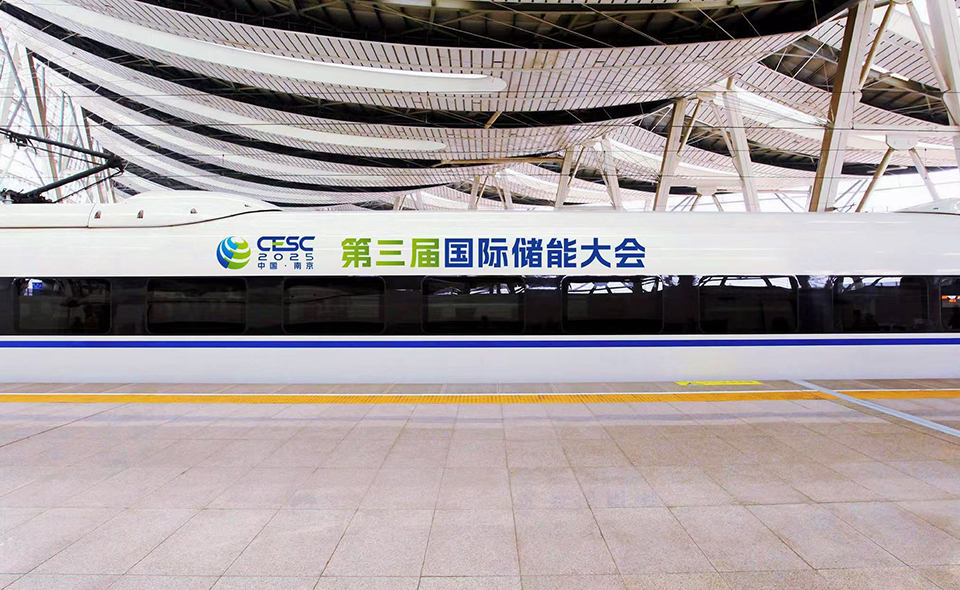
Latest News


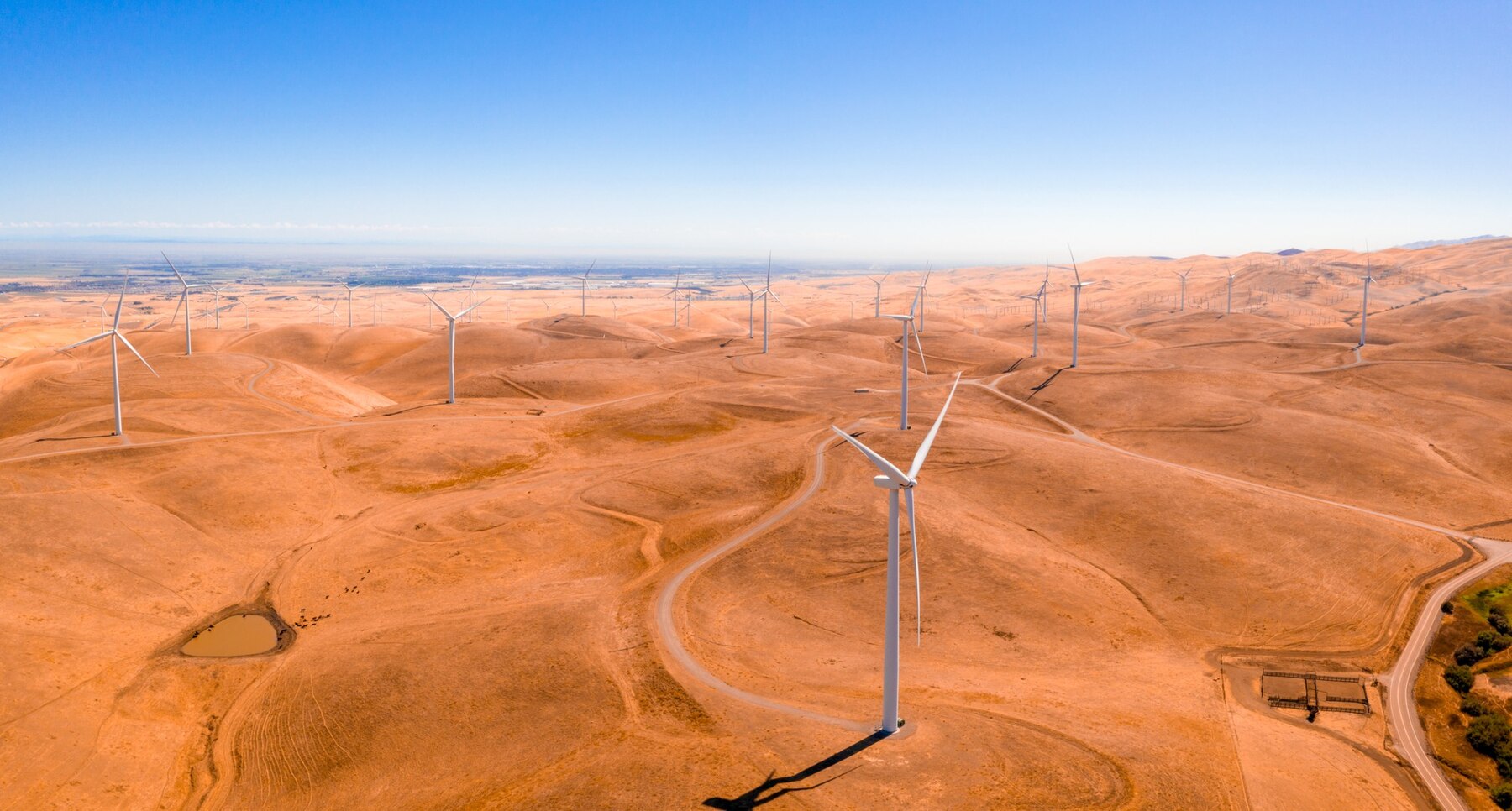

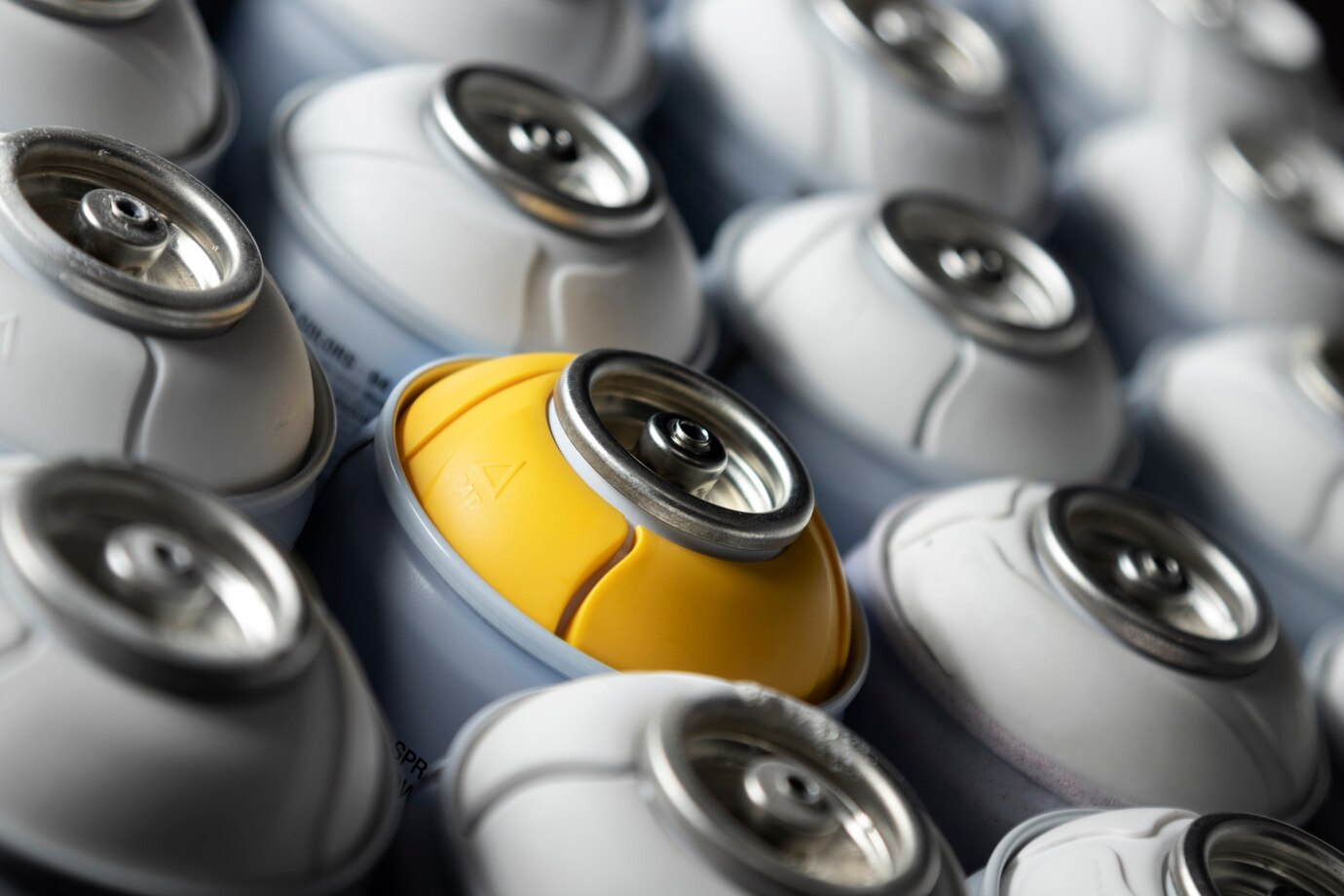


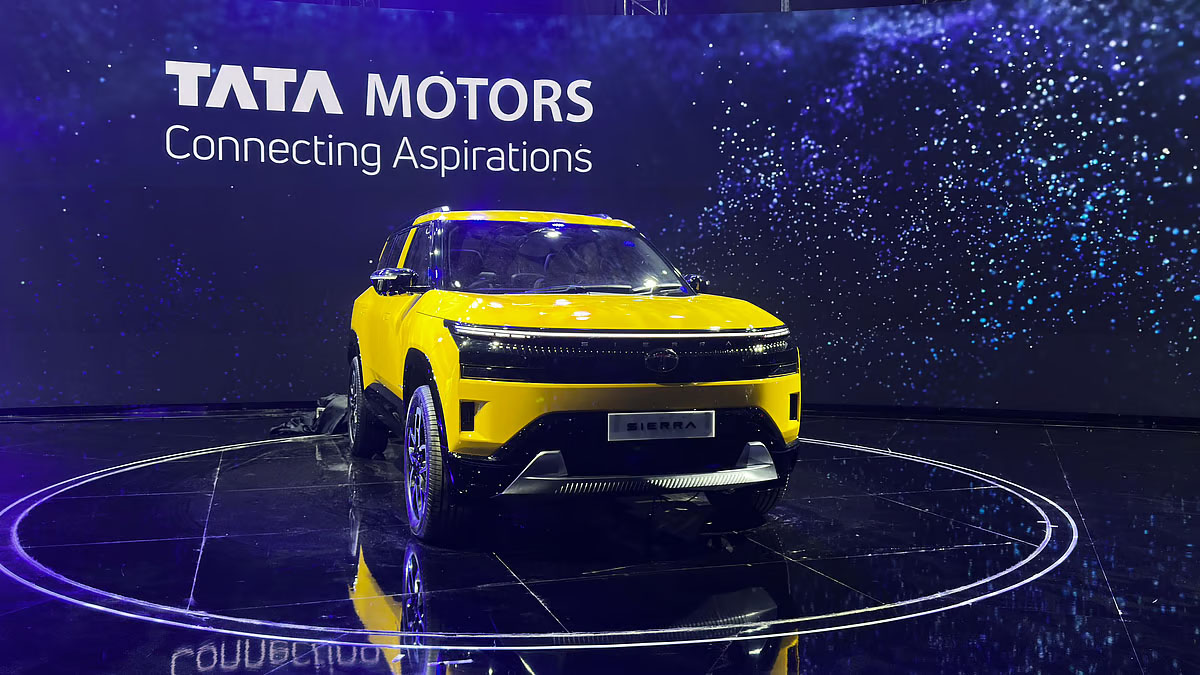
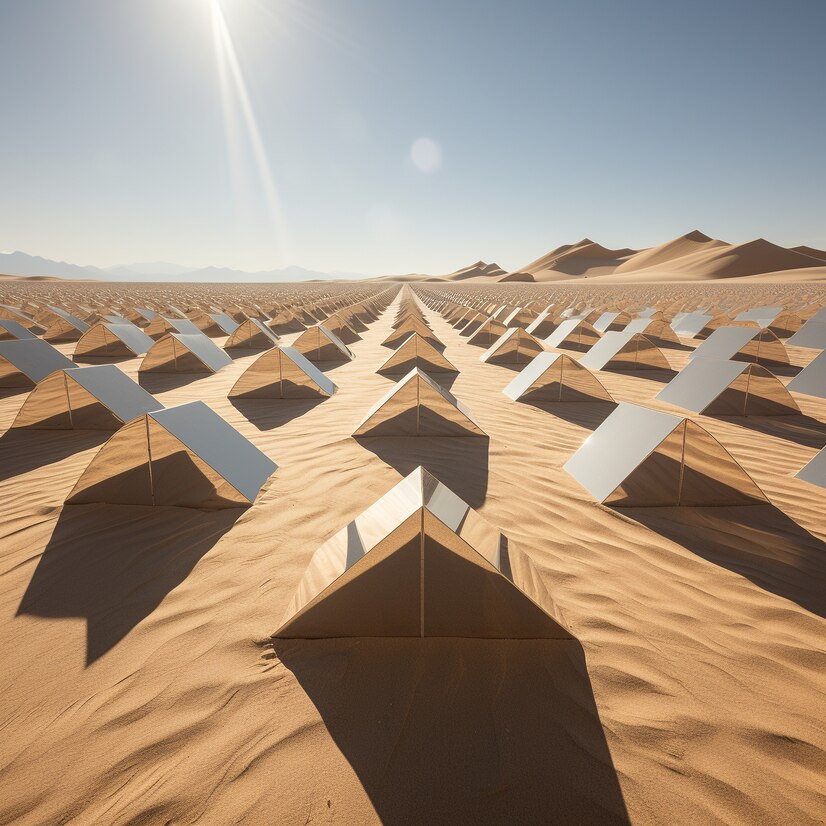
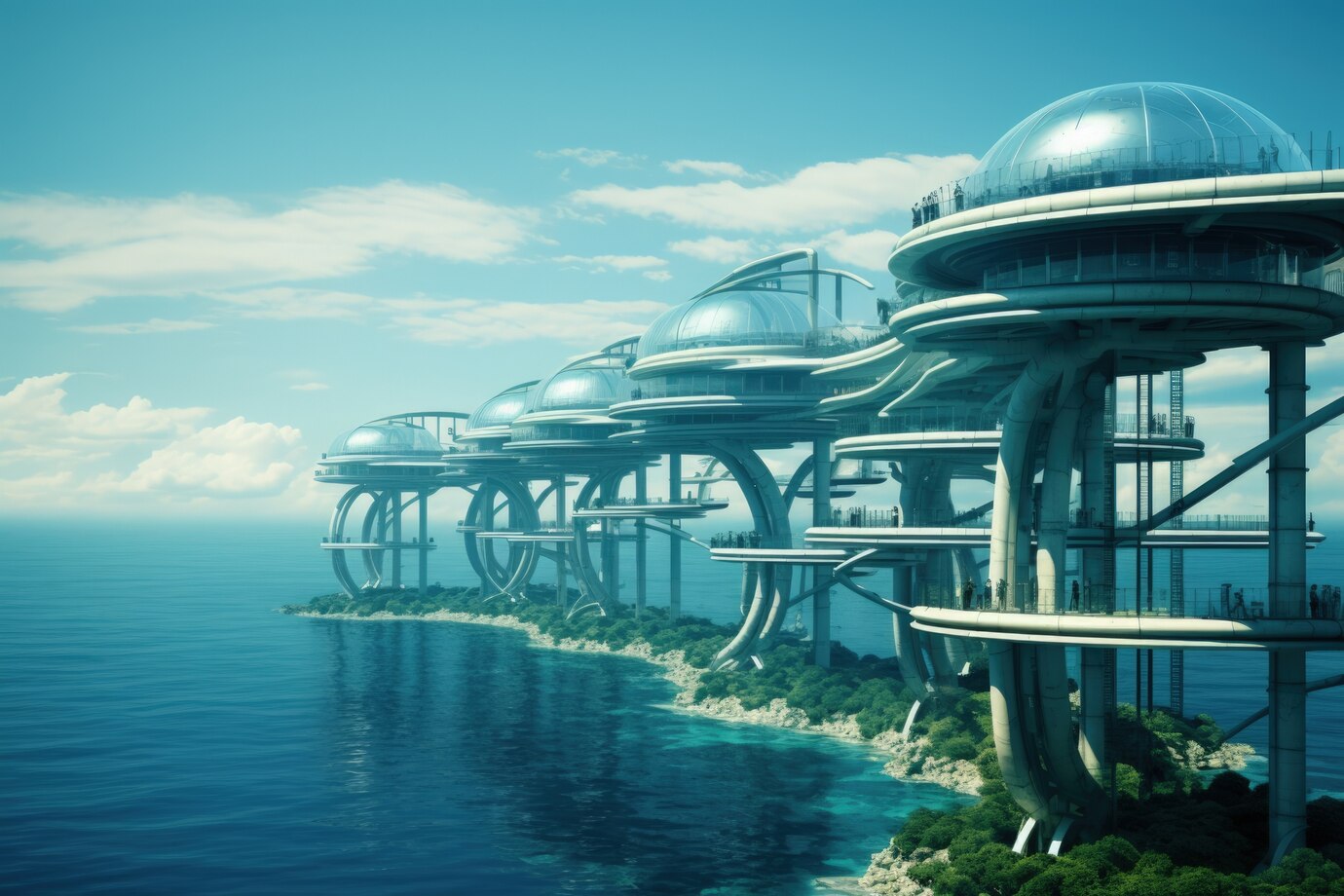

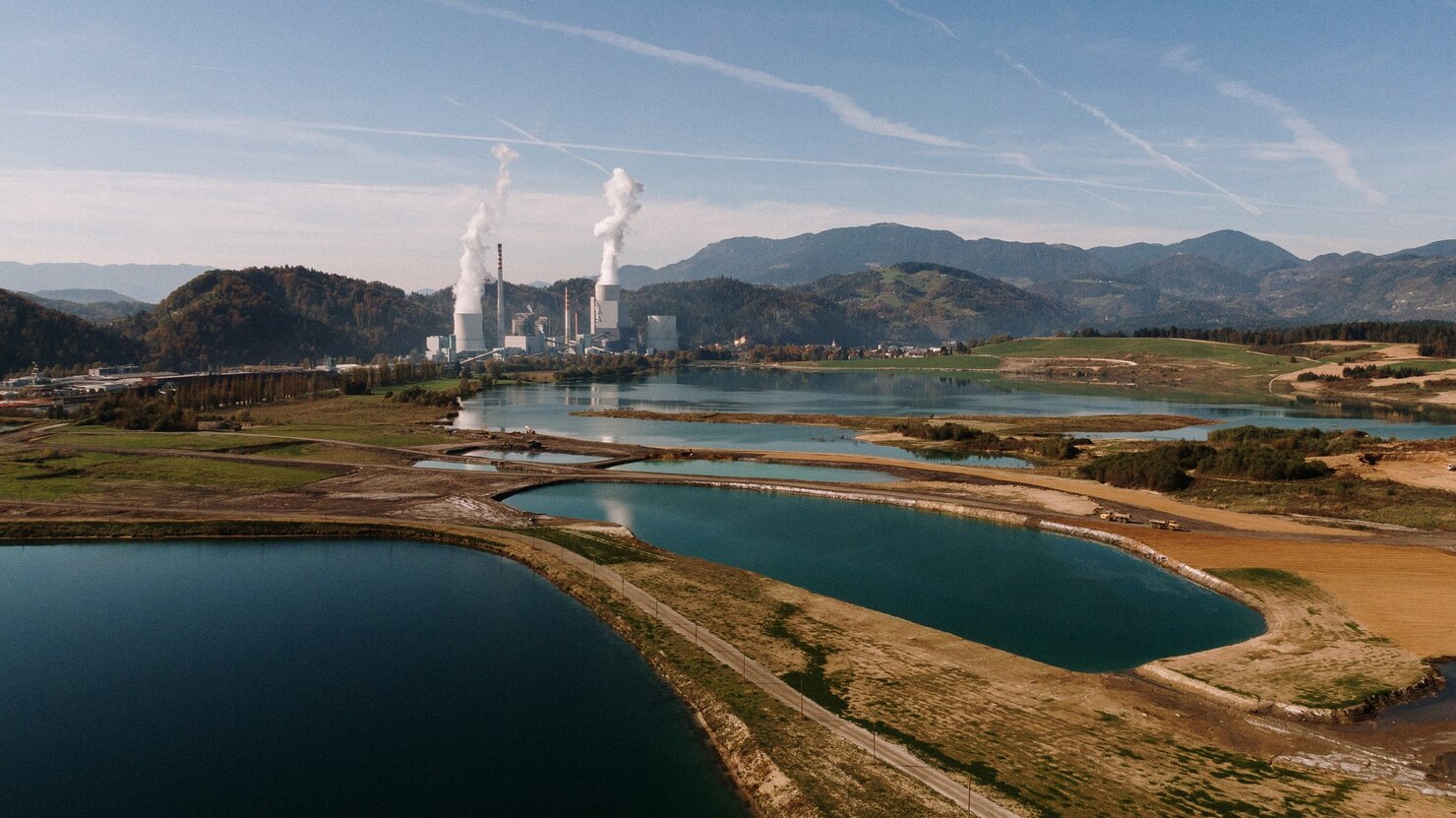
Ms. Liu +86 132 6100 0097

协办单位:全国工商联新能源商会、电力规划设计总院
支持单位:江苏省发展和改革委员会、江苏省工业和信息化厅、江苏省商务厅
国网江苏省电力有限公司
国际支持:欧洲储能行业协会、德国智能城市交通协会
承办单位:创能国际会展服务(江苏)有限公司、东浩兰生会展集团股份有限公司
溧阳深水科技咨询有限公司



